Poetic devices
Introduction
Poetic devices are tools that a poet can use to create rhythm, enhance a poem's meaning, or intensify a mood or feeling. These devices help piece together the overall experience of poetry and make it pleasing to the senses. Poetic devices are important tools in literature and speech, and understanding them is key to both writing and interpreting poetry. Poetry is a type of literature that uses aesthetic and rhythmic qualities of language to evoke meanings in addition to, or in place of, a prosaic ostensible meaning.
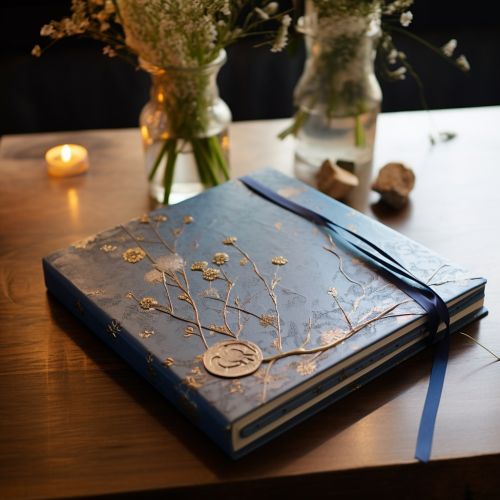
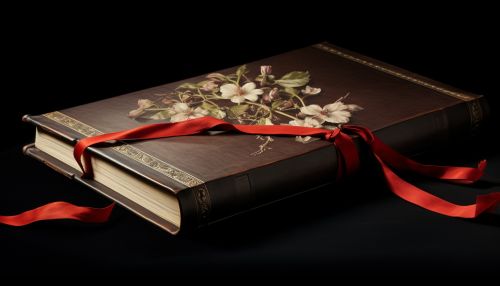
Types of Poetic Devices
There are numerous poetic devices, each serving a different purpose. Some create rhythms, others are used to convey deep meanings, and some can make the poem more appealing to the senses.
Rhyme
Rhyme is one of the most commonly used poetic devices. It is a repetition of similar sounds in two or more words. Most often, it is used at the ends of the respective lines. Rhyme is used for the specific purpose of rendering a pleasing effect to a poem, which makes its recital an enjoyable experience.
Meter
Meter is a stressed and unstressed syllabic pattern in a verse or within the lines of a poem. It gives poetry a rhythmical and melodious sound. The study of different types of versification and metrical patterns is known as prosody.
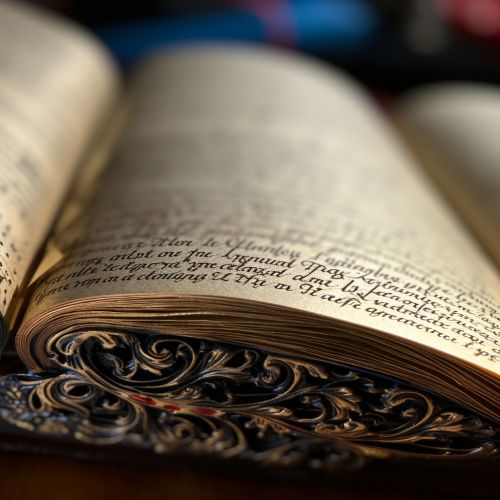
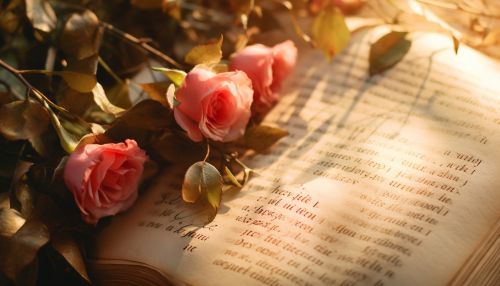
Simile
A simile is a figure of speech that makes a comparison, showing similarities between two different things. Unlike a metaphor, a simile draws resemblance with the help of the words “like” or “as”. Therefore, it is a direct comparison.
Metaphor
A metaphor is a figure of speech that makes an implicit, implied, or hidden comparison between two things that are unrelated, but which share some common characteristics. In other words, a resemblance of two contradictory or different objects is made based on a single or some common characteristics.
Alliteration
Alliteration is a stylistic device where a number of words, having the same first consonant sound, occur close together in a series. It is used in both literature and poetry to create rhythm and mood.

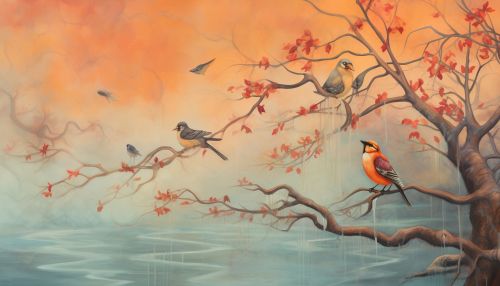
Assonance
Assonance is when two or more words, close to one another repeat the same vowel sound, but start with different consonant sounds. Assonance is commonly used in poetry to add rhythm and music, by adding an internal rhyme to a verse.
Consonance
Consonance is a stylistic literary device identified by the repetition of identical or similar consonants in neighbouring words whose vowel sounds are different. Consonance provides the structure of verse with consonant repetition.
Onomatopoeia
Onomatopoeia is defined as a word, which imitates the natural sounds of a thing. It creates a sound effect that mimics the thing described, making the description more expressive and interesting.
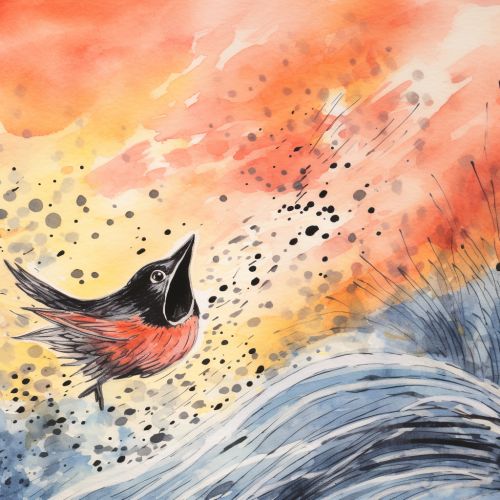
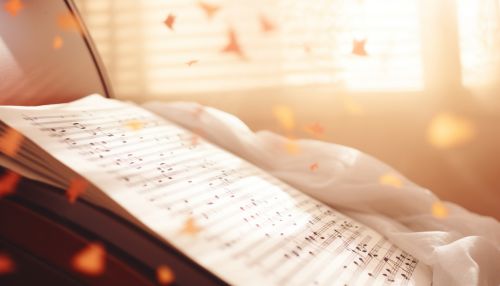
Importance of Poetic Devices
Poetic devices are important for several reasons. They can create rhythm, draw attention to important parts of the poem, and make it more pleasing to the reader or listener. They can also help to convey the theme of the poem, and give it depth and complexity.
Conclusion
Understanding poetic devices is crucial to fully appreciating and analysing a poem. These devices not only add artistic value and complexity to a poem, but they also provide the reader with a deeper understanding of the poet’s message.
See Also
References
1. "Poetic Devices." Literary Devices, www.literarydevices.com/poetic-devices/. 2. "Poetic Devices Used in Poetry." English Summary, www.englishsummary.com/poetic-devices-used-poetry/. 3. "Poetic Devices." MasterClass, www.masterclass.com/articles/poetic-devices-in-poetry.
